Group for Ultrafast and High-Field X-ray Science
Welcome to the Ultrafast and High-Field X-ray Science Group aka the Fuchs group
aka the Fuchs group
We are carrying out research in the fields of compact ultrafast X-ray source development with the potential for a X-ray free-electron laser on the university-laboratory scale, ultrafast X-ray scattering and high-field, nonlinear X-ray matter interaction. You can find more details to our current research here.
We are working in close collaboration with UNL's Extreme Light Laboratory and its PetaWatt (PW) Diocles laser facility - one of the few PW laser systems world-wide.
See our publications on Google Scholar
*********** Job Opening ***********
We are currently looking for graduate students and a postdoc. A job description can be found here.
If you are interested, please do not hesitate to contact Prof. Fuchs at mfuchs (at) unl.edu to find out more.
News from the group
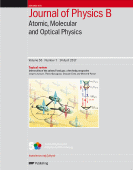
We worked hard on our contribution to the Roadmap of ultrafast x-ray atomic and molecular physics, published in the Journal of Physics B.
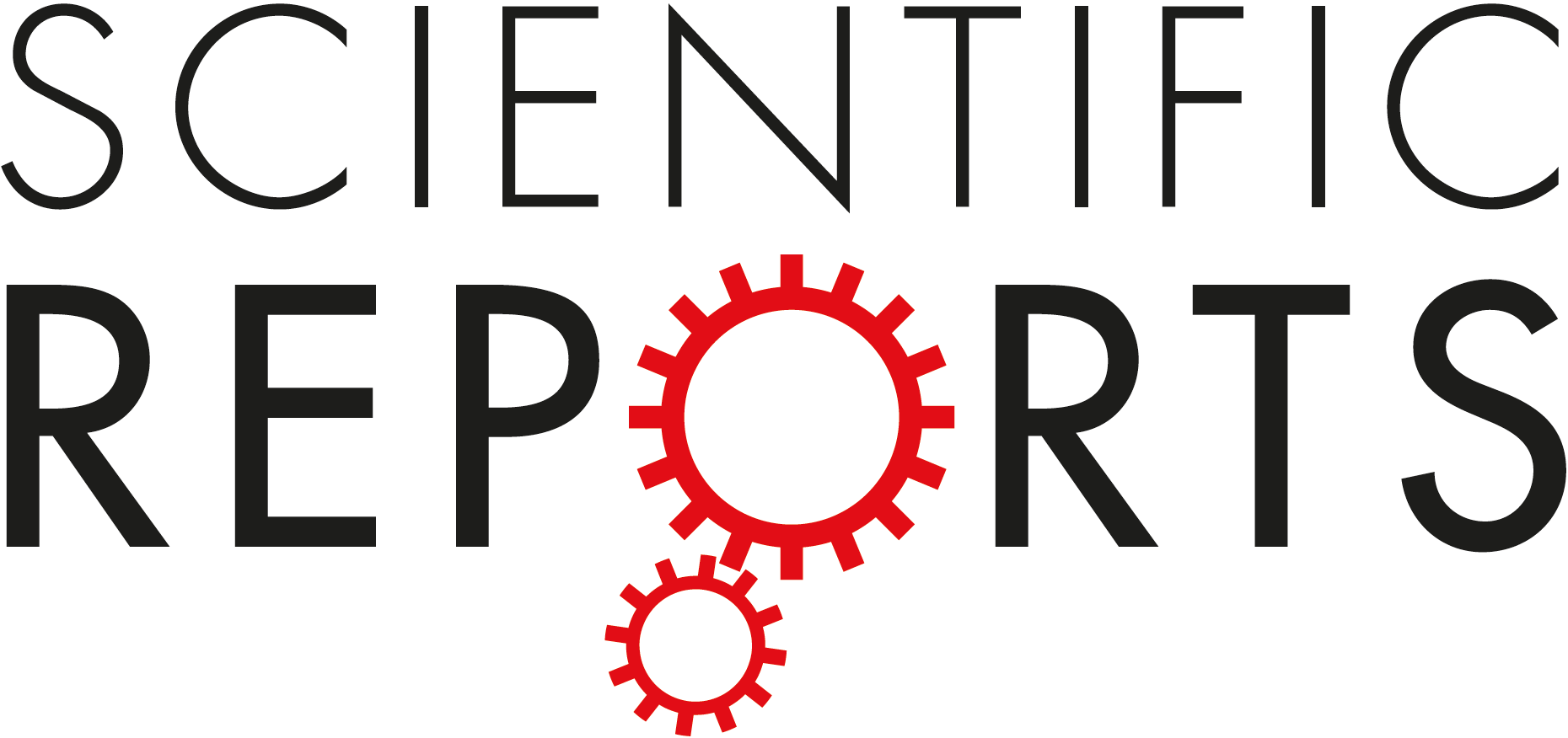
We have published on article demonstrating one of the first applications of high-energy (~90 keV) X-rays generated by an all-optical setup. We have shown that it is possible with our technique to infer the crystal lattice spacing in a single shot.
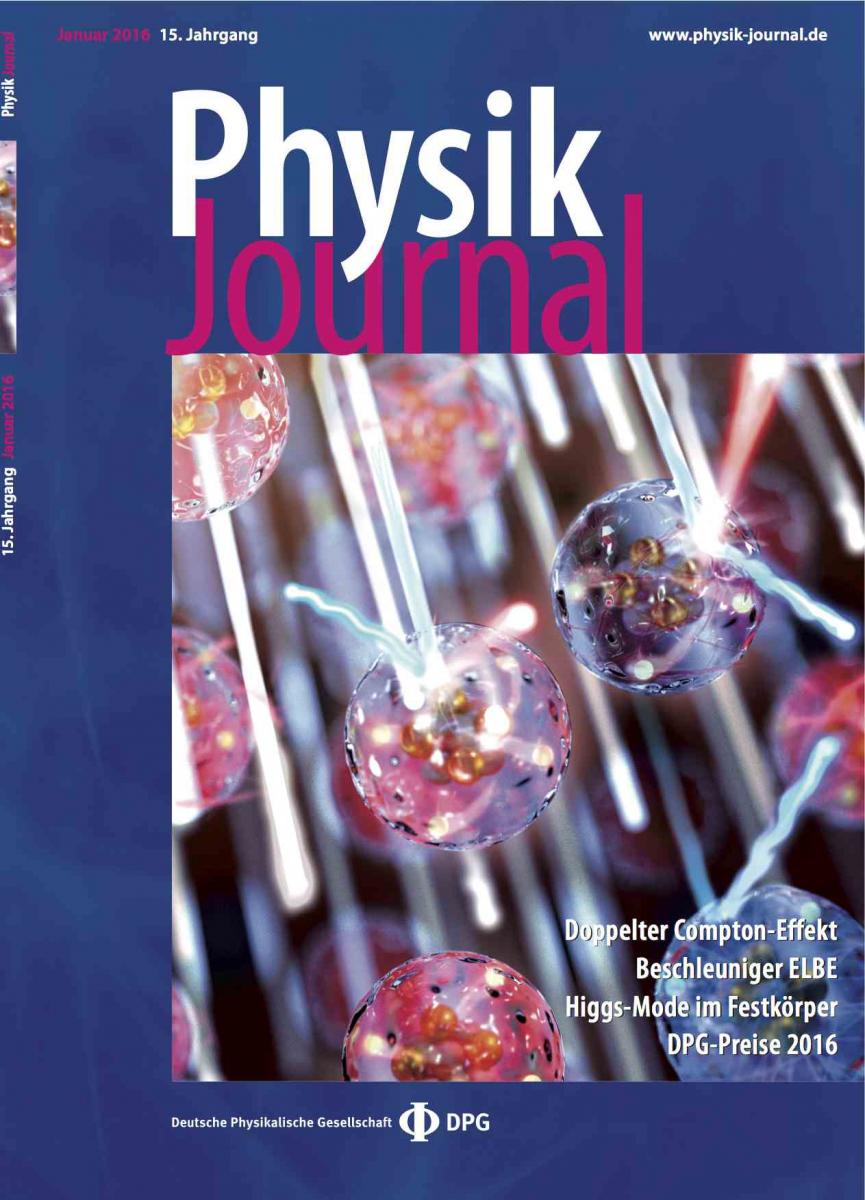
An article about our work on nonlinear X-ray Compton scattering was published in the Physik Journal. Our illustration of the effect even made it on the cover. Thanks Joel Brehm for making the image.
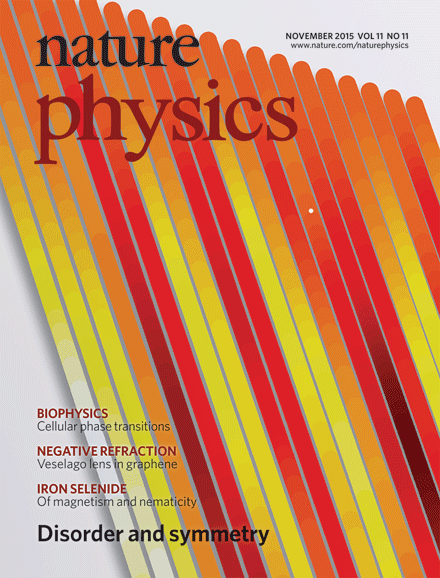
We have for the first time observed the simultaneous nonlinear scattering of two X-ray photons at an atom, generating a single higher-energetic photon. However, the energy of this generated photon is too lower than what current theory predicts. This anomaly might be an indication that we have discovered a novel scattering mechanism. More information can be found here.
Link to the article: Nat. Phys., 11, 964 (2015).
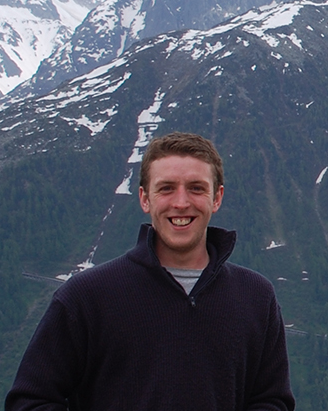
The latest addition to our group also comes from the UK. Brendan joins us from the Queen's University, Belfast (Northern Ireland). He made it over just in time before the Brexit.
Brendan is our man for everything that is hot and fast with an expertise ranging from Irish baking goods and black teas, to hot dense matter and ultrafast and nonlinear X-rays. We are glad that he has chosen to work here over a great acting career. We will have to further investigate his claim of having starred in the TV show Game of Thrones, which won't be easy since he was conveniently covered in an armor from head to toe. Nevertheless, welcome Brendan!
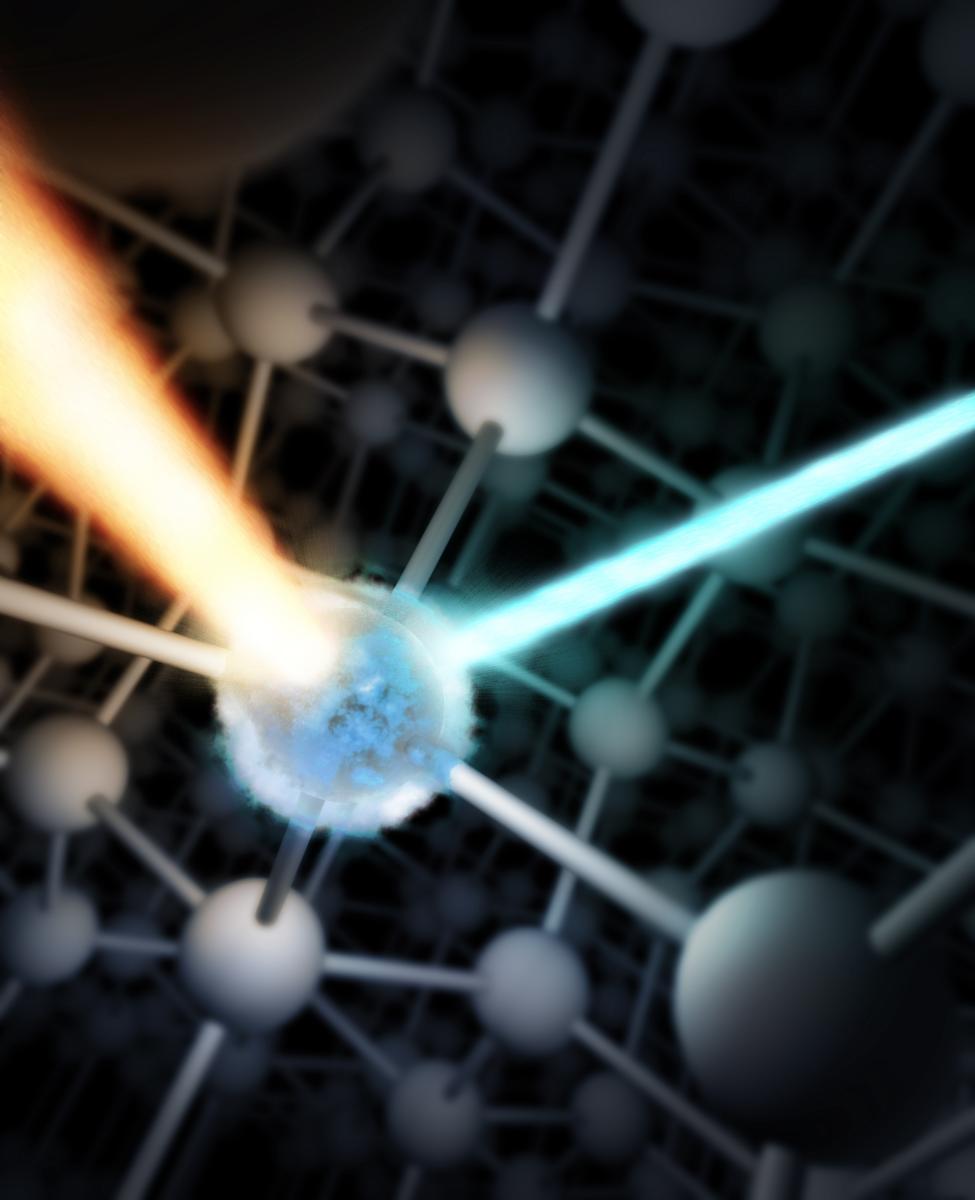
Our manuscript on the observation of nonlinear Compton scattering using hard X-ray photons has been accepted at Nature Physics. We have observed a rather unexpected result. More details and a description of what we measured and its relevance can be found here.

He came all the way from York (the one in the UK, Old York?) swam through the Atlantic Ocean, hiked through half of the country and learned to drive on the right side of the street (pun fully intended) only to join us. Welcome, Matt!
Although he shares his name with famous movie stars and producers, we're happy that he has chosen a career in science. He is an expert at maltreating(*) poor little innocent electrons and tricking them into telling us all about their atom friends and where they are hanging out and what they are up to, aka ultrafast electron diffraction.
(*) note: no electrons are harmed during this research
Video Tour Through the Extreme Light Laboratory at UNL by APS TV
the American Physical Society (APS) has visited us to find out about our research here in Lincoln. There is also a part about the research of our group, staring M. Fuchs as himself - Maybe it's not too late to follow my calling as an actor, but it rather looks like it was a good decision to go for that career in science … See for yourself !
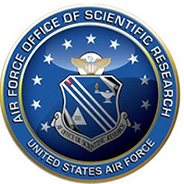
Fuchs has received the Air Force's Young Investigator Research Program Award. The goal of this research grant is to develop and investigate the physics of a next-generation X-ray source. The anouncement from the funding agency can be found here.
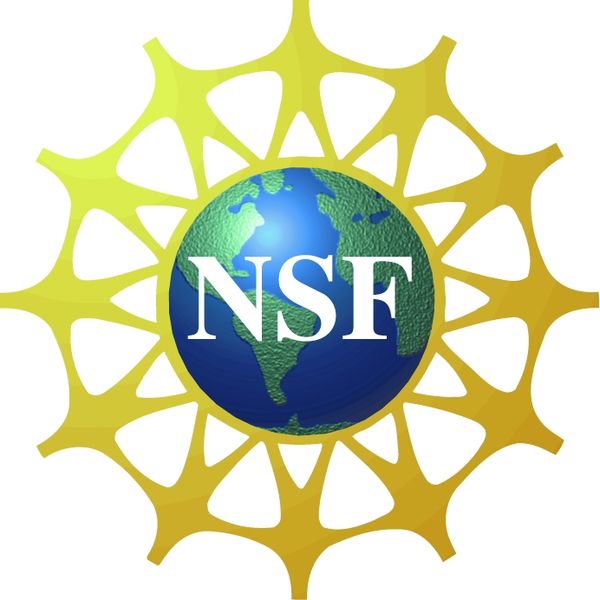
A consortium including 30 physicists, chemists, computer scientists and electrical engineers at UNL, Kansas State University and the University of Kansas was successful in obtaining a nearly $6 million award. The research will mainly focus on the investigation of ultrafast interactions of light and matter. More detailed information can be found here.
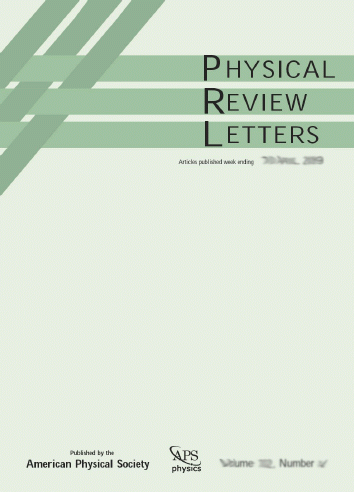
Our manuscript on the observation of the first phase-matched second harmonic generation using the Japanese SACLA X-ray free-electron laser got accepted at Physical Review Letters!
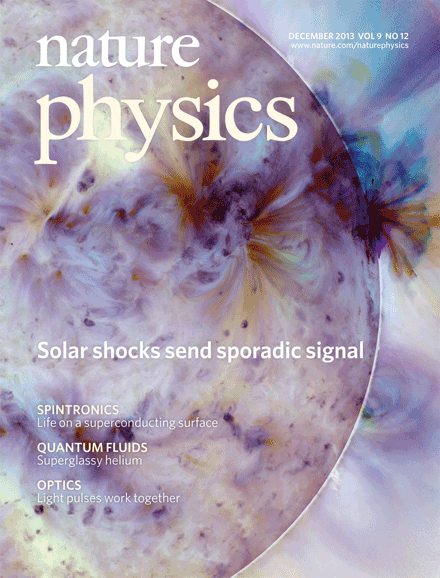
Our paper is published in Nature Physics.
In this experiment we were able to demonstrate a novel technique that uses extremely short pulses of X-rays from an XFEL to directly observe the vibrations of atoms in a germanium crystal, which happen on a timescale of only a thousands of a billionth of a second. Since the atoms in a crystal are arranged into a lattice, they are only able to vibrate in specific modes, called phonons. With an ultrashort optical laser pulse, it is possible to excite coherent phonon modes. Wit our novel technique, we were able to directly observe these oscillations in real time.
The publication is also covered in this News & Views article of Peter Abbamonte
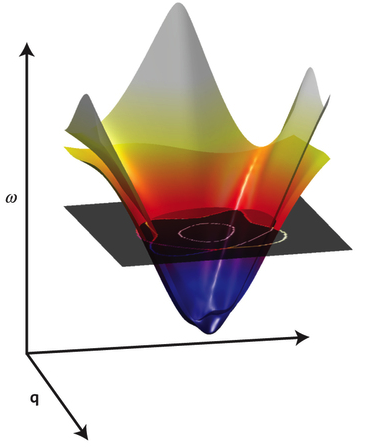
Our paper on a novel technique to investigate the non-equilibrium phonon dispersion of solids using temporally-resolved X-ray diffuse scattering is published online on the Nature Physics advanced online publication page!
Also: the density of technical terms on this newspage is statistically significantly increasing...
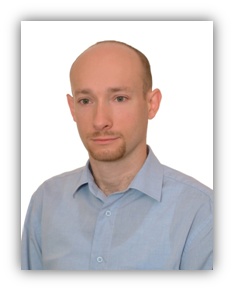
We are happy to announce that Dr. Rafal Rakowski from Berkeley Lab has joined the group.
Welcome to Lincoln!
Although he looks somewhat serious in this picture, he is a very nice guy! We are looking forward to a fun and productive time!
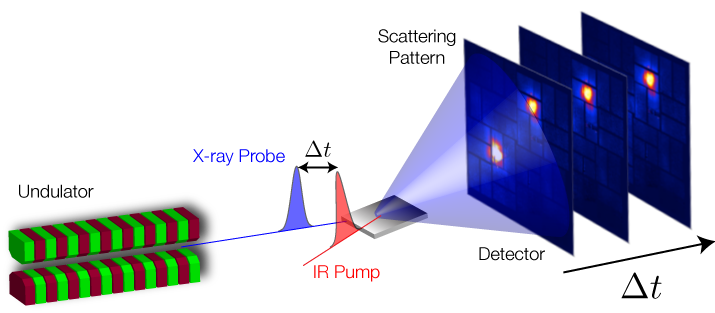
Our paper demonstrating a novel technique to investigate ultrafast dynamics in solids has been accepted by Nature Physics. The title is "Fourier-transform inelastic x-ray scattering from time and momentum dependent phonon-phonon correlations".
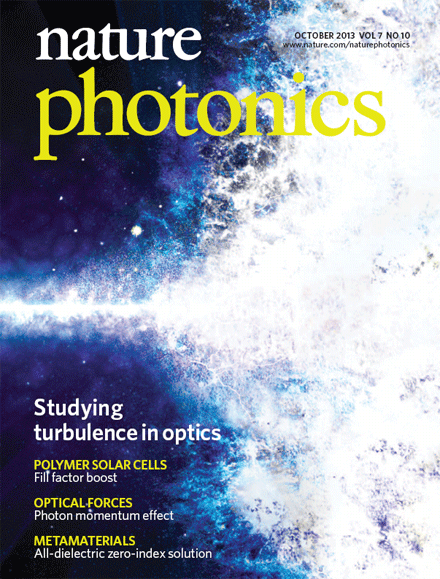
Our article on the laser-driven undulator source was quite prominently mentioned (including a figure) in the review article entitled "Developments in laser-driven plasma accelerators" by Simon Hooker published in Nature Photonics!
This is really smooth, despite the rather turbulent picture on the cover ...
Group leader
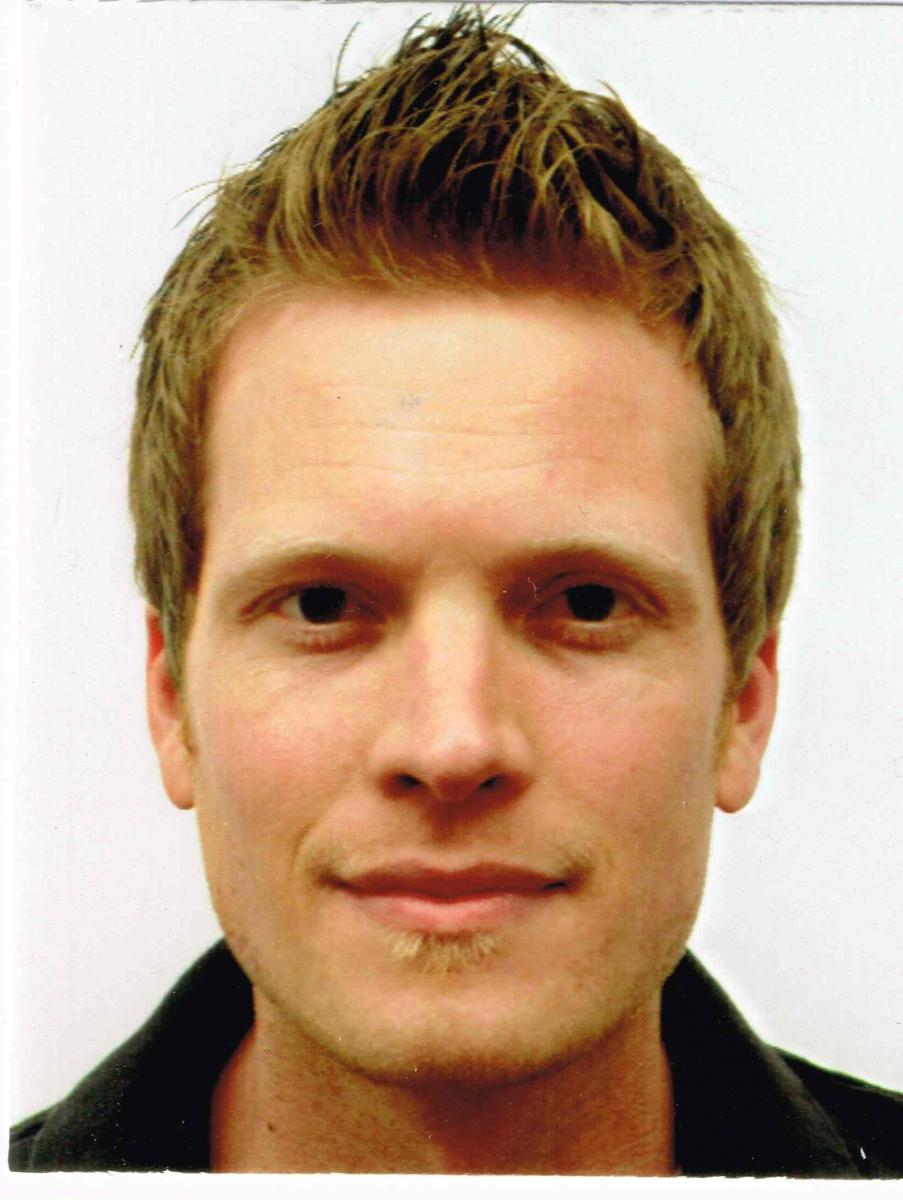
Matthias Fuchs
Associate Professor
Department of Physics and Astronomy
University of Nebraska - Lincoln
Jorgensen Hall, 855 North 16th Street
Lincoln, NE 68588
phone: 402-472-2784
fax: 402-472-6148
